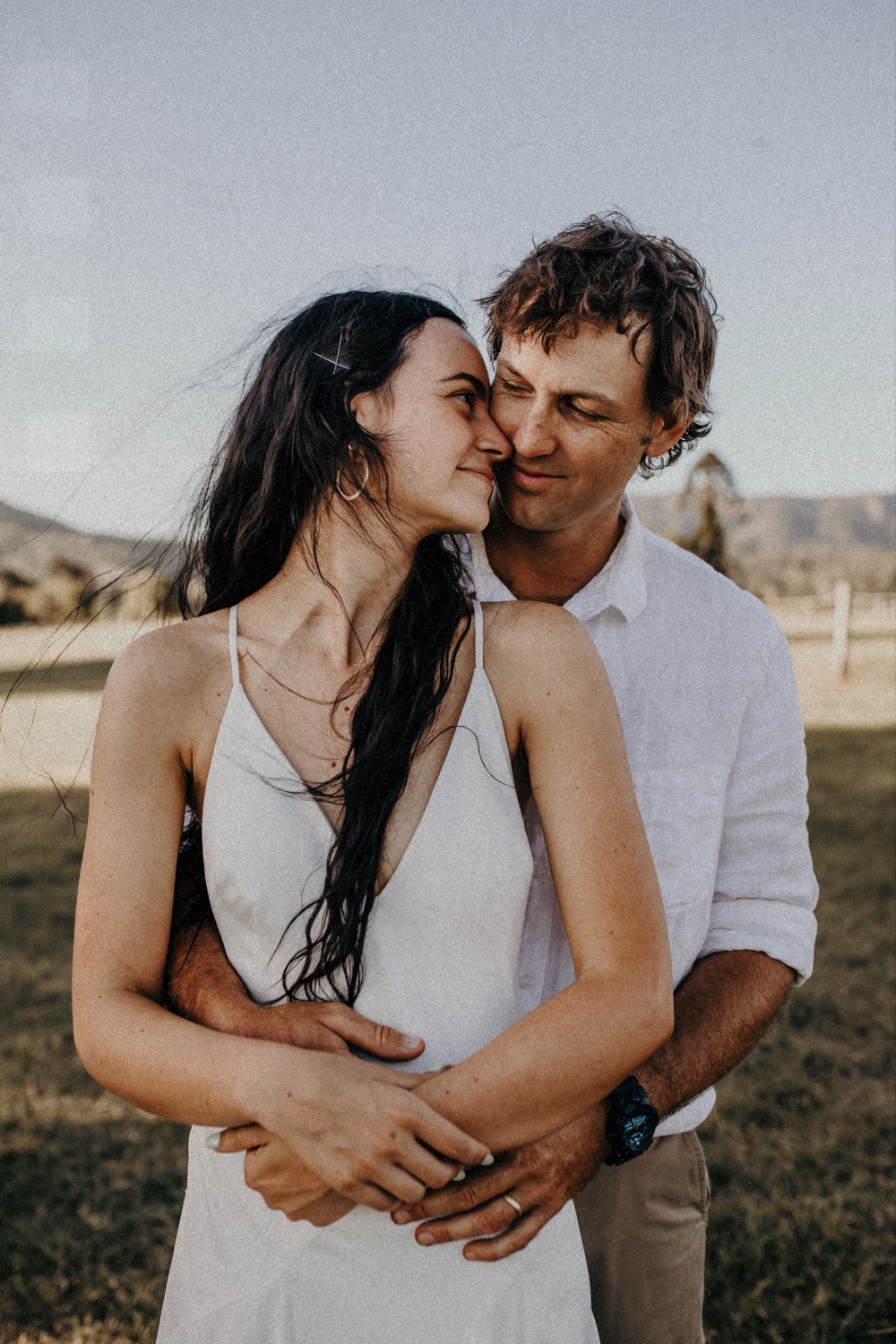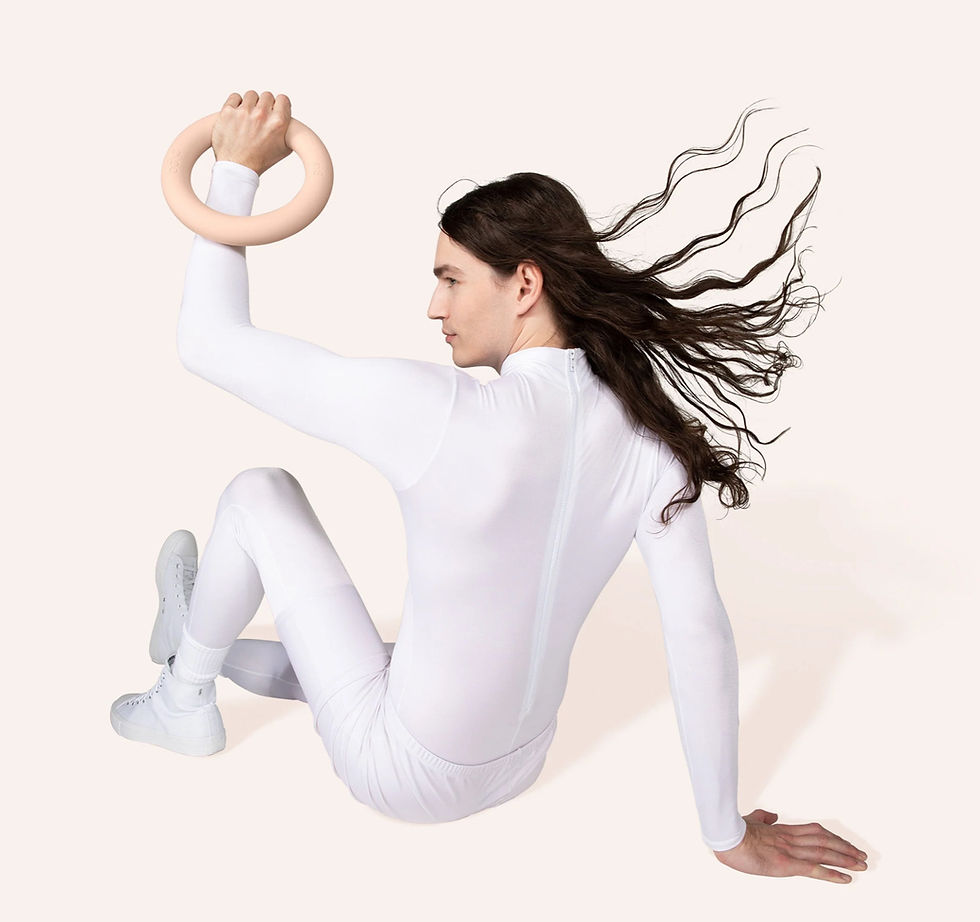Teaching Pilates with Bala props
- Alexa Young

- Sep 4, 2024
- 5 min read
I love using Bala props, and I love teaching with them. I think they add a different style of movement to class that keeps things feeling challenging in a group environment. When I first started using them though, I found it challenging to understand what repertoire worked best with the props. In my training we’d covered using the pilates ball and ring, but now I had a whole new set of props in front of me to figure out on my own.
The main thing to remember about Bala props, is that they’re almost all weighted. Excluding the ball, bands, sliders and skipping rope. The traditional Bala props that we love to hang on studio walls are the weighted collection. The Bangles, the Beam and the Rings. The first thing to note is that these are designed for weight based exercises, so some of our typical pilates exercises may need altering in order to get the most out of both the movement and the prop. Every piece is purposefully designed
When you look at adding these props into your current class plan, they can seem like options that are only available to intermediate clients, and I would agree with this. When you design a class, you add challenges through different layers already, so if you were to add a weighted ring on top of that, it’s going to be hard. If that’s what you’re going for, then that’s perfect. It can be a fun way to progress your clients across multiple weeks. Start with no Bala… next class is very similar class plan with Bala for ½ of it, next class you its the same class plan with Bala for all of it. This honestly sounds so fun and I’d love to come to that class. However, if you’re like me, and teach a range of beginner to intermediate clients in the same class, Bala props can sometimes feel like they’re a world away from your class' experience levels. I’d encourage you to, first of all, try not to look on social media for ideas. You may at times come across something that’s helpful, but often Instagram is used for the teacher's wildest ideas, not their most inclusive. The solution is easier than you think.
I combatted this Bala programming fatigue by picking one prop, and sticking with it the whole class.
I love this method because it makes you think about why you’re using a prop. Let’s use the ring for example. If I choose the ring to write a class around, it’s typically upper body focussed weighted exercises, combined with lower body and core exercises at the same time. I love to use the ring like this, because I find it gives the clients body balance in all exercises. Another criteria I give myself is a class theme. This is the theme of the class, irrespective of the props used. Sometimes the prop is the theme, but more often then not the prop will be a tool to achieve your desired theme.
To make this a little more clear, come and write a class with me using the 3.5 kg Bala ring.

Image belongs to Bala
WARM UP
There are currently two main things on my mind at this stage of the planning… 1) what are we doing in class and what do we need to warm up? And B) Where am i going to pick the ring up from (where should it start) and where will I place it down (where is it going)?
To answer these questions, my rough class plan is focussed around full body stability, using the Bala Ring to challenge that in different shapes. I’ve been taught (by Pilates queen Victoria Spilliopolous) to call this a thread. The thread that runs through your whole class, and gives meaning to the exercises, the layers and the way we flow between them. Because I’ve decided to use a prop with significant weight in it (more than just 1 or 2 kilogram dumbbells) I like to start in a really stable position so clients have time to get a feel for the extra weight they’ll be taking with them throughout class. A simple warm up for this class would be a standing squat series on the floor, adding in some over head presses with the ring as well as some single leg balance… maybe even an arabesque or two. Reps are low, flow is high. I use warm ups as a little preview of what’s to come later on in class, we start simple but use the same and similar patterns that will appear later on.
FLOW 1
The way I’m going to challenge full body stability with the ring is by taking the ring away from the centre of the body in different ways. This first flow will keep clients on two feet and primarily move through the upper body. This means I’m looking for a lower body set up that’s simple and pretty stable, but is going to start to warm up the inner thighs (we’ll need them later on). I’ll start in kneeling side splits. From here I start to build out a series of exercises that take the ring further away from the midline, and off centre. We might start with an overhead press, then move onto a press out in front. We could move from there to a sweep from the thighs, up over head and back. Adding more challenge, we can start to press the circle up on 45 degrees towards the footbar end of the reformer, taking the weight off centre, and keeping with the pattern we could start to sweep the circle diagonally across the body from above the shoulder to in front of the opposite hip. To finish this flow I’d bring some extra challenge in by changing up the base. We could take the knee that’s on the footplate and bring those toes there instead, pressing away though the leg and stretching the inner thigh as we come back in. Once clients are comfortable with their balance here, I’d give them one last optional layer of a hinge forward on the extension.
FLOW 2
My goal for the next part of class is to work the abdominals with the ring. I want to bring a bit of mat work to this class, so for this section I’d add all the springs and lay down on the carriage with feet flat on the footplate. From here we would move through a somewhat typical supine abdominals mat series, but use the circle in all the same ways we did before. Press it away from the chest, reach it overhead, sweep it on the diagonal. All with some extra leg layers thrown in there too. I’d finish this series with some pelvic curls as well as adding the weight of the ring to the hips for some hip hinges. (Small note to say I’d then do side 2 of flow 1 here before moving onto the last part of class).
FLOW 3
The final piece of class, I want to try to piece everything together in one big challenge. For my classes, an end-of-class challenge should incorporate springs, body weight and balance. When you move through these three one after the other, they feel much harder and require a lot more concentration. There’s no momentum or pulses or repetition for you body to rely on. You’ve got to know what you’re doing and how you’re doing it. The joy of Pilates! The elements I want to use are a roll up, some sort of single leg stability and a plank or side plank.
At this stage I need to get on the reformer and figure out exactly what that looks and feels like. Head to @mouvementmedia on instagram to see where I land with it!
I’d love to know how everyone else plans around weighted props!
Alexa x






Comments